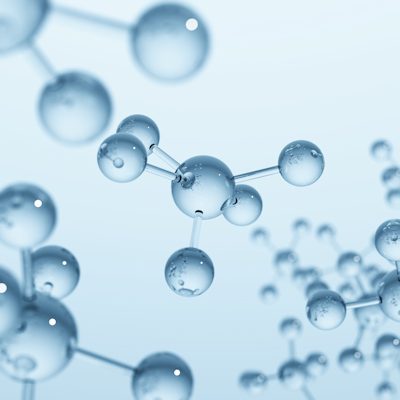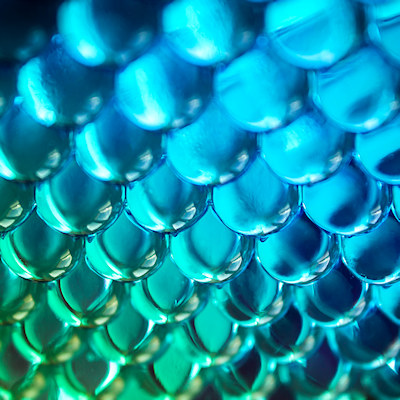November 30, 2022 -- Therapeutics that restrain the plasticity of glioblastoma are essential to improving outcomes in patients with the lethal, hard-to-treat brain cancer, according to researchers at Australia's Flinders University.
Plasticity, defined as genetic, epigenetic, transcriptomic, and phenotypic adaptations of tumor cells in response to internal and external cues, is a hallmark of glioblastoma and one of the attributes of the cancer that make it hard to treat. A permissive epigenetic and transcriptomic landscape enable plasticity and rapid lineage switching, making it hard to eradicate the tumor cells.
"A major therapeutic challenge is the variability and adaptability of these brain tumor cells. From patient to patient, glioblastoma tumors are composed of several types of cells in varying proportions. It's these variations and their incredible capacity to quickly change their identity to hide and escape treatments that make them challenging to eradicate," Cedric Bardy, associate professor at Flinders University, said in a statement.
Even if combinations of targeted therapies wipe out heterogeneous cell populations, therapeutic stress may reprogram cells back towards a multipotent state that enables them to shift identity. The changes enable both the reconstruction of a new tumor landscape and the generation of therapy-resistant clonal populations that lead to the aggressive recurrence of the cancer.
A team working at Flinders University and the South Australian Health and Medical Research Institute set out the challenges of trying to treat glioblastoma in a review paper published November 29 in the journal Trends in Cancer. The paper describes work to show how microenvironment- and treatment-induced stressors lead to plastic stem cell states and how stem cell state induction drives mutations and divergent lineage pathways.
Single-cell epigenetics and transcriptomics suggests that the tumor cells morph along a finite number of reprogramming routes to evade treatment, conserving molecular properties of parent neuronal cells as they do so. If the researchers are right, drug developers will need more than effective targeted therapies to finally treat glioblastoma; they will also need drugs that stop the cancer cells from pivoting to nullify the treatment.
"Glioblastoma cells are tough to kill because they are such a fast-moving target. If we can block them in a corner, we may have a better chance to hit the target and cure this terrible disease. It is likely that effective therapies will be personalized and combine multiple agents. However, knowing about the dynamic profile of glioblastoma cells, it seems essential to identify ways to block these identity shifts from occurring in the first place," Bardy, the senior study author, said.
To block both plasticity and prevent dedifferentiation, the authors contend that cell differentiation "must be terminal" noting that studies have shown an ability to induce neurogenic differentiation and reduce tumorigenic potential through Notch inhibition or ASCL1 (Achaete-Scute Family BHLH Transcription Factor 1) overexpression.
"Sustained expression of ASCL1 can direct neuronal differentiation and reduce the tumorigenic capacity of [glioma stem cells]. While most postmitotic neurons show no capacity for cell-cycle reentry, the extent to which this translates to [glioblastoma] tumor cells remains to be elucidated," the authors conclude.
Copyright © 2022 scienceboard.net










